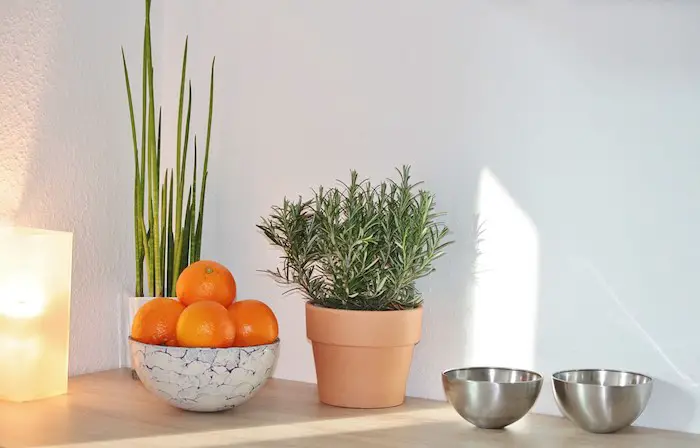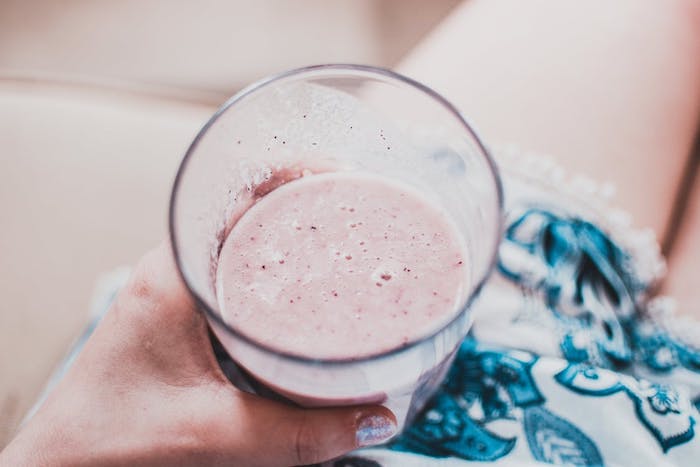A microwave is one appliance that has revolutionized the modern kitchen. It is designed to warm food quickly using electromagnetic radiation. Its primary use is heating foods fast and other tasks that consume time, such as heating water or melting butter. However, there is a raging debate on whether you can use metal bowls to warm your food.
So, can you use a metal bowl in your microwave? No, it is not recommendable to use a metal bowl in the microwave. This is because, once the electrons in the microwave are exposed to the metal, they react, causing some mini lightning in your microwave. Although this may not cause fire in your kitchen, it may damage your microwave’s transmitter. Additionally, the food may not warm properly because the heat does not spread evenly on a metal plate. So, it would help if you avoided placing any metal whatsoever in your microwave.
Read on to find out why you should avoid using metal bowls to warm your food, advantages of using a microwave, the alternatives that you should consider, and answers to some of the common questions.
Benefits of Using a Microwave
Since the introduction of microwaves, almost every home has one today.
Before we get to what to use and what not to use in the microwave, let’s first learn the benefits of the microwave.
Here are some of the advantages of having a microwave.
- You will have less burnt food when you use a microwave. While heating the food, the microwave stays cold, unlike the other means of heating.
- Using your microwave eliminates char and tar formation. Tar and char are carcinogenic, and they cannot form in the oven because of the low boiling point.
- Directing heating your food can fry the surface while leaving the inside cold. Radiation from the microwave will penetrate more in-depth and allows your food to warm evenly.
- Potatoes warmed using a microwave do not produce acrylamide, which is a carcinogen.
- You use less energy when you use a microwave as compared to a stove.
- It is much easier to clean a microwave as compared to a stove or traditional oven.
- You can set the temperatures of your microwave oven and get the results required.
- You save a lot of time when you cook using a microwave oven.
Why Should You Avoid Using Metal in a Microwave?
One disclaimer found in many microwaves is that you should not put metal objects when warming food. However, if you are keen enough while looking at the oven, this disclaimer is quite strange.
The inside walls of the microwave have metal linings. The front door has metal mesh, so the question remains why you cannot put other metals in the oven. What is essential is that the metal in the door and walls of your microwave are a safety measure. They keep the waves inside the oven and prevent things that are nearby from burning out.
Metals including spoons, knives, and forks conduct electricity because they have electrons. When the microwaves come into contact with the metals, they will reflect, which will cause problems. There will be arcing between the microwave and the metal object if there is insufficient material in the oven to absorb the reflected waves.
When arcing occurs, it can cause damage to your microwave and even produce some mini lightning. However, you do not have to worry because you left a spoon inside the microwave. Injuries or severe fires are not so common. The problem is that you may destroy the oven, and you may have to repair it.
So, you should avoid using metal objects in your oven. Nonetheless, there are food manufacturers that have taken advantage of metal properties and have packaging made of metal foil that is microwaveable.
What Materials Can You Use In a Microwave?
Below are some of the materials that are ideal to use in your microwave:
- Dinnerware
Ensure when using dinnerware, they are not cracked or chipped.
- Glass Jars
Do not warm the food using a glass jar when the lid is on. Heat your food until it is just warm. Most of the glass is not heat resistant and may break.
- Plastic
You need to be careful when using plastic and follow the instructions from the manufacturer. The plastic should have a label that says “microwave safe.” Some of the plastic may become soft as the food inside becomes hot. You need to slit your plastic bag, vent it, or pierce it.
- Oven Cooking Bags
Follow instructions from the manufacturer and never close using a metal tie.
What Other Materials Should Be Avoided For Use in the Microwave?
You should try to avoid using the following elements in your microwave:
- Wood
Wood will dry out inside the oven, and it will crack or split.
- Paper Bags
They will evaporate inside the oven and may cause a fire.
- Plastic Foam
The plastic foam will quickly melt and contaminate the food inside once you expose it to high temperatures.
- Metal Twist Ties
They will cause arcing inside the microwave, which results in a fire.
- Aluminum Tray
If too close to the walls of the oven, it may cause arcing. Transfer the food to a microwave-safe dish.
Frequently asked questions
Does food from microwaves cause cancer?
The waves that your microwave produces are only for heating the food without damaging food items. Therefore, food in the oven is not affected by the radiation waves inside the microwave. Hence it does not cause cancer. However, it would help if you observed all the safety precautions as you prepare your food.
How does the microwave function?
It uses microwave radiations to warm food. The microwaves combine with infrared radiation and radio waves to keep the food heat food.
What is the safe temperature for cooking meat and poultry?
The safe temperature for poultry and meat to cook is 162.8c
See Also:
Can You Put Foil In An Oven Toaster
6 Best Microwave Options For Visually Impaired
Can You Use A Microwave Without The Glass Plate?
How To Make Hot Pockets Taste Better


